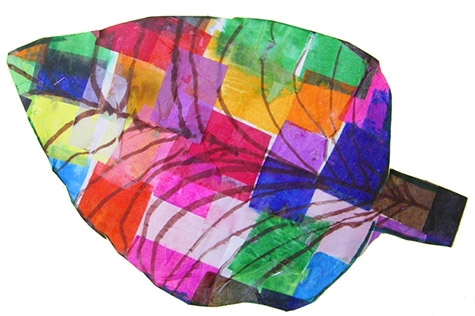Synthesized molecules that absorb the entire spectrum of sunlight

Some scientists believe that the future of mankind directly depends on whether it can recreate the technique of photosynthesis, learn to use the energy of the Sun as efficiently as the plants do.
But why limit yourself to the framework that nature has set? After all, we can do even better and even improve natural chlorophyll.
Green plants rely on two pigments to absorb solar energy: chlorophyll a, chlorophyll b. Each of them is active in certain parts of the visible spectrum.
')

There is also a rare chlorophyll d, which absorbs energy in the near infrared range.
Having carefully studied the different types of chlorophyll, a group of chemists from three American universities found a way to modify the pigment so that it perceives the entire range of sunlight. Scientists have published several articles in various journals, which explain the work of chlorophyll. So, their work in the journal “Photochemistry and Photobiology” for January 12, 2015 describes an amazing way in which the molecular chemical structure of chlorophyll sometimes changes the color of the absorbed light.
In subsequent publications in the “Journal of Physical Chemistry B”, the authors focused on how to extend the range of the perceived light in the red and near IR range.

To understand the unusual properties of the photosensitive pigment, chemists have designed many variants of chlorophyll molecules from scratch and studied their properties in different configurations of the molecular structure, according to a press release from the University of Washington in St. Louis.
They understood which molecular groups need to be added to chlorophyll to increase its sensitivity. The illustration shows that if you add oxygen atoms along one axis, then the sensitivity to light at a shorter wavelength increases, and if you add a molecular group on the other axis, then sensitivity increases from the other side of the perceived range.

The results are published in the Journal of Physical Chemistry B on March 13, 2015.
Thanks to this discovery in the future it will be possible to synthesize new plants with superefficient photosynthesis (imagine vegetables that grow in a couple of weeks). In addition, you can increase the efficiency of solar cells, if you use an organic layer similar to the above.
Source: https://habr.com/ru/post/365357/
All Articles